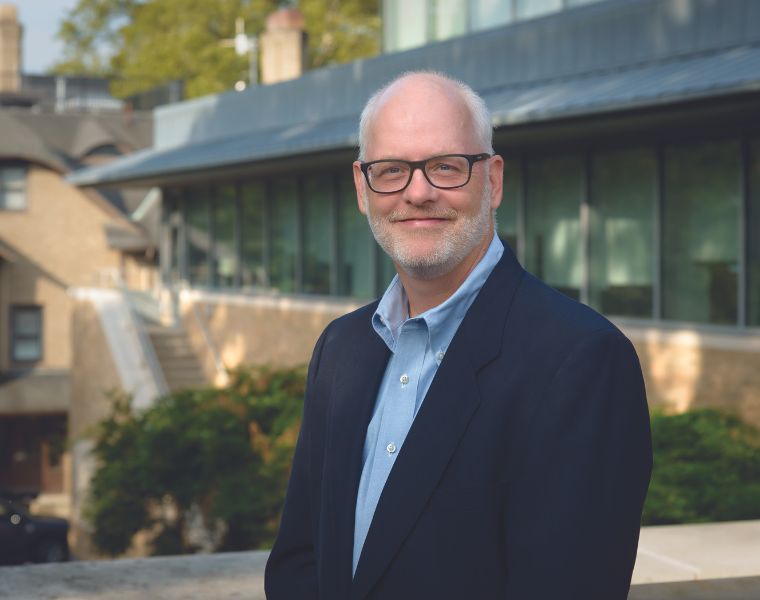In a new collaboration, Case Western Reserve University’s Begun Center for Violence Prevention Research and Education has partnered with the Cuyahoga County Medical Examiner’s Office (CCMEO) to launch a pilot program designed to help curb fatal overdose trends.
This new initiative involves lab testing syringes collected from syringe service programs—also known as “needle exchanges”—at The Centers and MetroHealth System. Researchers hope to gain insights into the drug use behaviors of people participating in harm reduction services.
That’s the key to developing more effective public health interventions, said Daniel Flannery, the Dr. Semi J. and Ruth Begun Professor and director of the Begun Center for Violence Prevention Research and Education, who is part of a team of researchers representing CWRU.

While the CCMEO conducts thorough testing on fatal overdose cases and law enforcement drug seizures, understanding the substances used by individuals in syringe service programs can offer a clearer picture of current drug trends and potential risks, Flannery added.
“The testing of syringes is an important harm reduction tool that helps us better understand the gap between what people think they’re using and what they’re actually using,” he said. “This program will help track changes in the local drug supply and improve how we educate, prevent and treat substance use.”
Since its launch this fall, more than 120 syringes have been tested, and participants have received valuable feedback about the substances in their illicit drugs. This information is critical in reducing harm and preventing overdose deaths, particularly as the local drug supply continues to shift. The initiative is part of a CDC-funded effort to limit overdose fatalities and improve local health outcomes. The ambitious study also includes collaboration with the Cuyahoga County Board of Health (CCBH) and is funded by the CDC’s Overdose Data to Action program.
“The partnership with the Begun Center provides an essential evaluation of this program’s effectiveness,” said Thomas Gilson, Cuyahoga County Medical Examiner. “By comparing the drug use patterns of those utilizing harm reduction services to overdose victims, we can enhance our public health response to the opioid epidemic.”
For more information, please contact Colin McEwen at colin.mcewen@case.edu.


